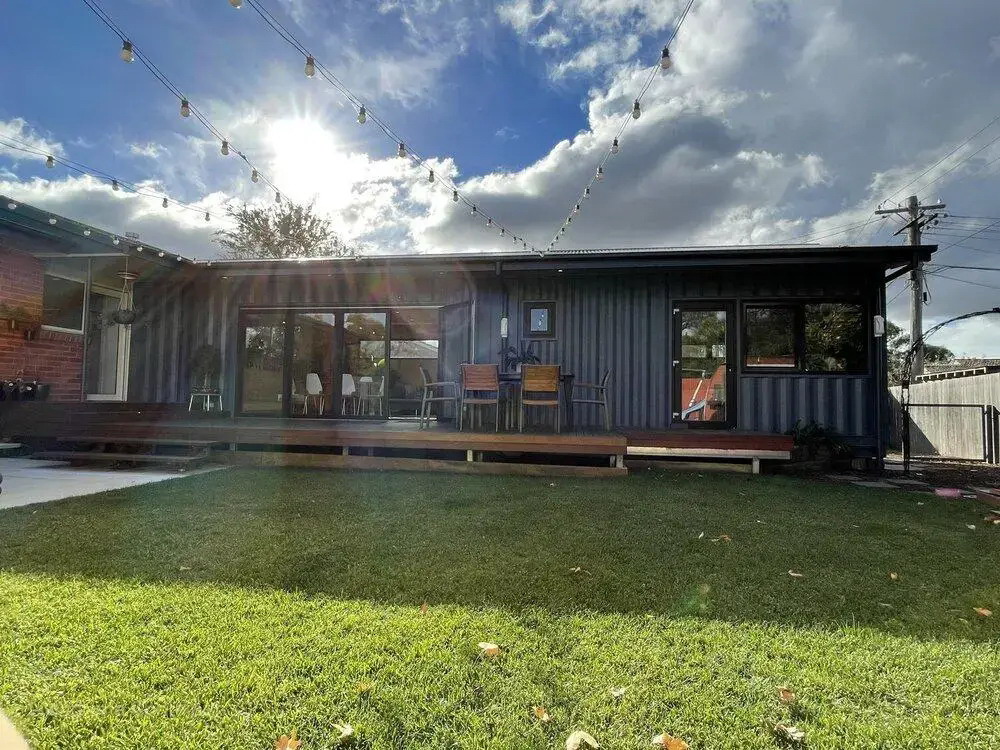Livable shipping containers have emerged as one of the most intriguing forms of housing today. As people's lifestyles evolve and urban development demands change, more and more attention is being drawn to this unique housing option.

In modern urban living, housing costs have become a significant concern. Traditional brick-and-mortar structures not only require substantial building materials but also consume considerable manpower and time to construct. The advent of livable shipping containers has revolutionized this tradition. These simple dwellings utilize shipping containers as their basic structure, streamlining the construction process and significantly reducing building costs.
Beyond cost advantages, livable shipping containers also offer flexibility. They can be designed and arranged according to individual needs, serving as temporary shelters or long-term residences. Moreover, they are easily movable, allowing for relocation as needed to adapt to different living environments.
In terms of sustainability, livable shipping containers also excel. Constructed using recycled containers, they not only reduce the consumption of raw materials but also effectively minimize construction waste, aligning with the principles of sustainable development.
In summary, livable shipping containers, as a new housing option, attract increasing attention and favor due to their simplicity, practicality, flexibility, and environmental friendliness. With ongoing technological advancements and evolving perspectives on living, livable shipping containers are expected to play an increasingly important role in urban development.